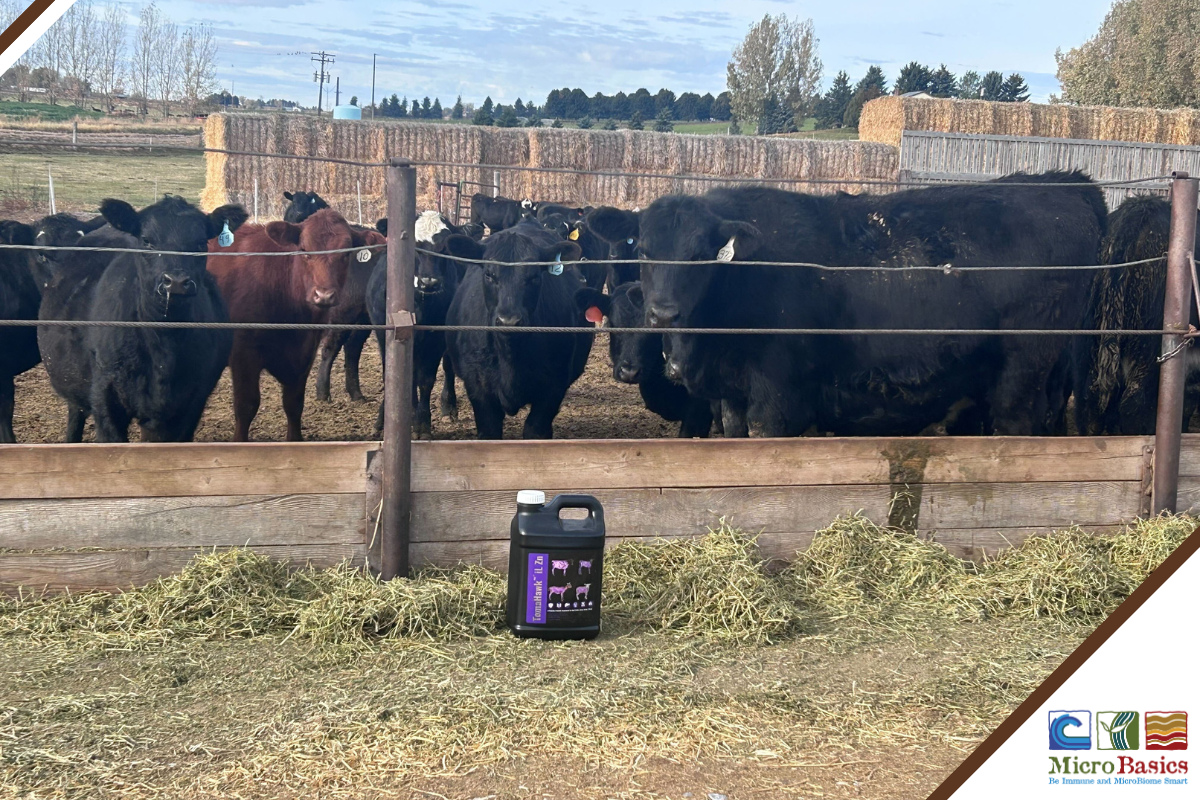Success in feedyard management involves a commitment to excellence, to food safety, and of course profitability. In today’s market, feedyards must continue to improve to remain successful. Here are 6 steps to follow when managing a successful feedyard program.
1. Determine Objectives: First off, we need to determine what the main purpose is going to be. What are you growing in your feedyard? Your own weaned calves, sale barn calves, replacement heifers, or even finishing fats? After determining what kind of cattle are best suited for your yard, it will be much easier to set up other goals along the lines of health and performance.
2. Set Goals: Start with immediate goals that are simple and easily reached. Once a simple goal is accomplished then you can set more difficult goals. Simple goals may include being selective of the type of cattle that enter your yard or even meeting a desired daily animal feed intake. More complex goals may include average daily gain or treatment rates. Keep good records and always be looking to improve.
3. Pinpoint and Correct Problems: First define the problem at hand, and then take one step at a time to correct the problem. Don’t use a “shot gun” approach and change a bunch of things all at once. You will never know what helped you to solve the problem. If needed work with industry advisors like your veterinarian or nutritionist to help you solve tough problems.
4. Realize and Utilize Potential: The key to success lies within the people. In order to genuinely be successful, you cannot set expectations higher than what your employees can achieve. Cultivate a culture that encourages employees to realize their own potential and to make full use of it. Don’t set goals that try to force employees to do more than is humanly possible. Additionally, be aware of the potential of the cattle you are feeding. Genetics, source, and breed play a big influence on animal performance. Feed according to cattle type and set realistic goals along those lines as well.
5. Constantly Reevaluate: New cattle with new problems are constantly arriving every day in feedyards across the country. In turn, new ideas and new procedures may also be discovered every day. Reevaluate your program regularly and make changes where needed. For reevaluation to be effective, keep good treatment, intake, and performance records so you can see where performance is heading.
6. Stick to Proven Protocols: When things get tough, it is often tempting to try every new product out there to “fix” the problem. Always approach problem solving meticulously. Use your records to assess what products or protocols made a difference in your feedyard program. When something new you try fails, learn from the failure, and return to tried-and-true practices. Once you find success, don’t be too quick to change something just because you think it might save you money.
These 6 steps will be helpful in mastering a successful feedyard program. Keep in mind that the ultimate purpose in feedyard health is to first optimize performance and prevent health problems. Secondly, to minimize problems when they occur. When following good management practices, feedyards will be successful in continually providing a quality, untainted product to the consumer.
Written by Mariah Gull, M.S.

